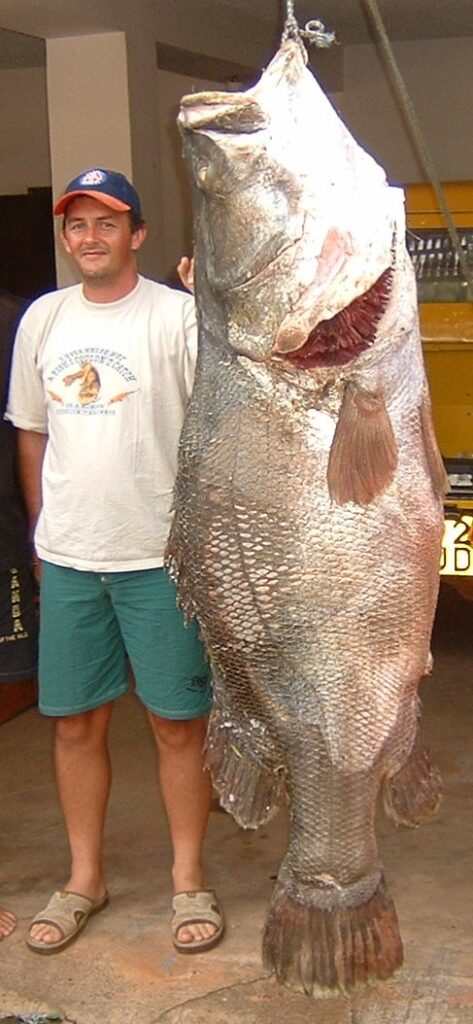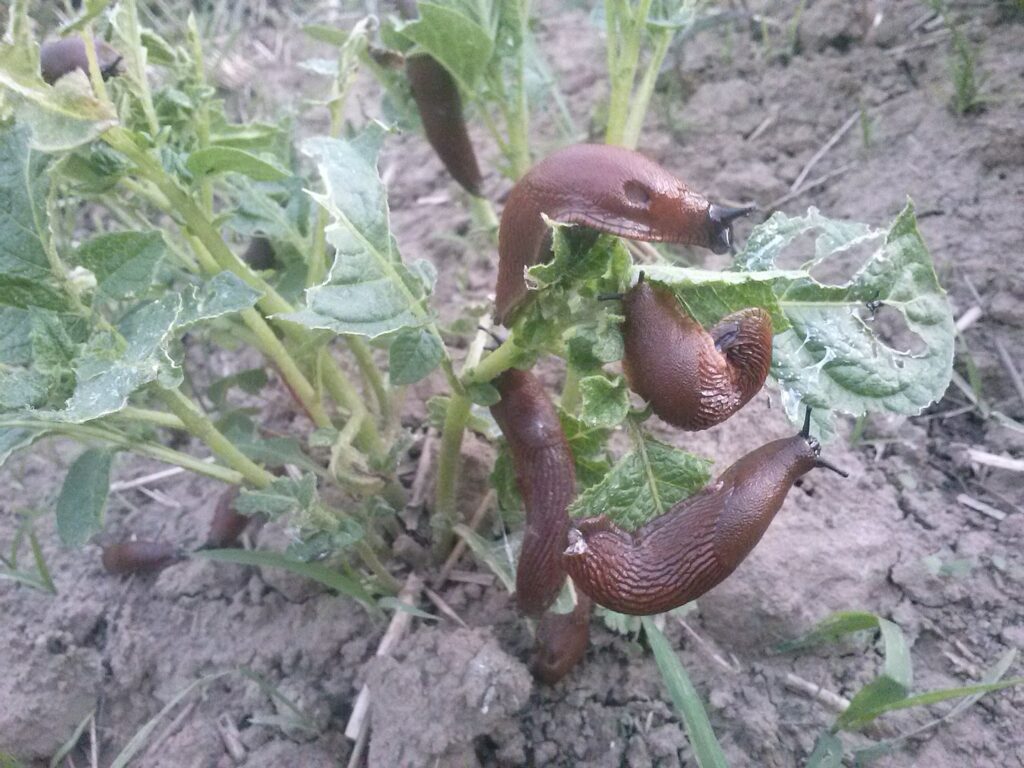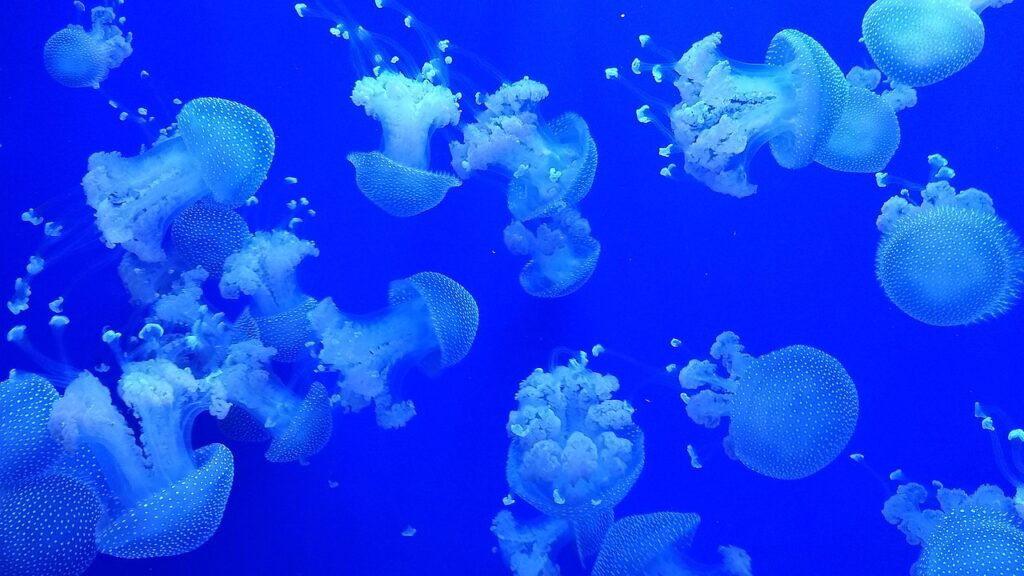Invasive species
An invasive species is a species that has moved from one ecosystem to another and is rapidly spreading, outcompeting species that live naturally in the area. An invasive species can be an animal, a plant, a fungus, or even micro-organisms and bacteria. Sometimes the new species become a threat to the entire ecosystem and biodiversity. Invasive species are spread with the help of humans, either consciously or unconsciously.

Photo: CSIRO-CC-BY
Rabbits were released to be shot
In the 1800s, large numbers of rabbits were released in Australia. The rabbits were meant to be a fun hunting prey on the landowners’ land. But the rabbits multiplied quickly and created big problems. They devoured farmers’ crops, and made many wild plants unique to Australia extinct. Today, there are more than 300 million rabbits in Australia, and they are still a major problem.

Photo: smudger888-CC-BY
Fish that have moved in
The Nile perch is found naturally in many rivers and lakes in Africa. The fish can grow to be two metres in length, and weigh up to 200 kilograms. The Nile perch is a good culinary fish, and the Nile perch trade is an important source of income for the economies of several countries. But when the Nile perch was introduced into Lake Victoria in the 1950s, it led to an ecological collapse. The Nile perch multiplied rapidly and killed off other fish species. Many species of cichlids that were only found in Lake Victoria became extinct. Biologists believe that more than 200 species of fish became extinct due to the Nile perch.

Photo: Foto-Reves-CC-BY-SA
Passengers and stowaways
Nowadays, food, agricultural products and other goods are often transported long distances throughout the world. Our trade has become global. This also makes it easier for species to spread. Due to the trade of vegetables and garden plants, the Spanish slug has spread from its origins in Spain and southern France throughout Europe. It is called a killer slug, because it is so voracious that it even eats its own relatives. It reproduces easily and causes major problems in gardens and crops.

Photo: CarlosVdeHabsburgo-CC-BY-SA
Jellyfish without a ticket
The Australian spotted jellyfish is now found in large parts of the world. Its origin is in fact the ocean that surrounds Australia. But the jellyfish has accompanied the merchant ships in their ballast tanks. These are tanks that are filled with water for balance, when the ship has no cargo. When the ships are then loaded, the tanks are at times emptied into foreign waters. Then jellyfish and other organisms are released. The Australian spotted jellyfish can also be attached to the hull of ships and hitch-hike to other parts of the world. The jellyfish eats large amounts of plankton that the native species need to survive.